Basics of ECG
Basics of ECG
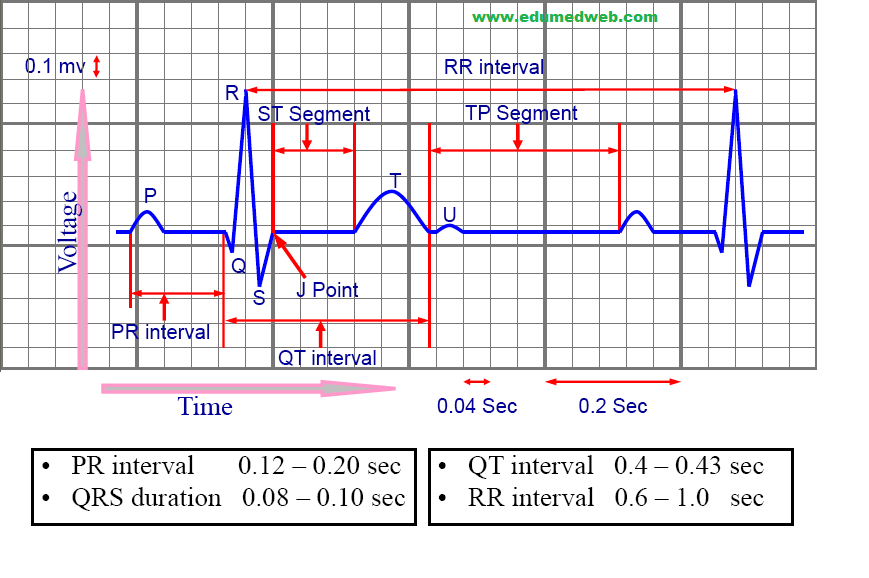
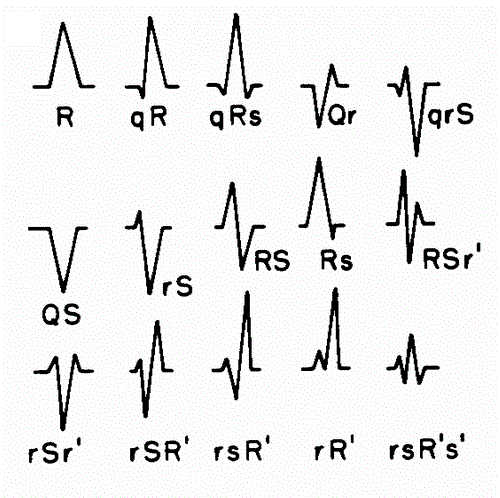
Heart Rate [ Ventricular rate ]
Rhythm – Regular (same R-R intervals): 1500 / No. of small squares between 2 R- waves.
Rhythm – Irregular (different R-R intervals): No. of R- waves in 15 large squares × 20
Atrial Rate
In Total Heart Block, It Is Different From The Ventricular Rate
|
Atrial rate = 1500 / No. of small squares b/w 2 P- waves
|
Axis deviation
Study I & III
|
Normal QRS complexes are predominantly upwards in both these leads
|
Left Axis Deviation
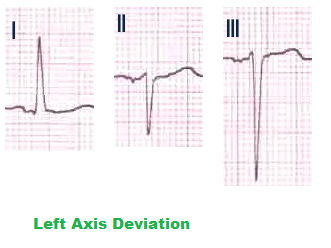
Left Axis Deviation– LVH, LBBB & inferior Wall infarct
Right Axis Deviation
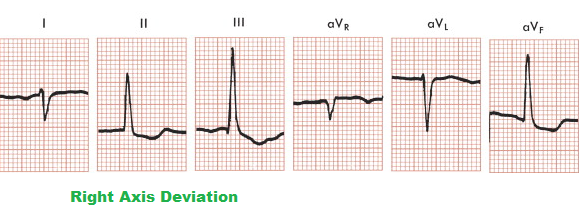
Right Axis Deviation- RVH, RBBB & anterior Wall infarct
“Left Leaves & Right Reaches”
ATRIAL HYPERTROPHY/ ENLARGEMENT

Contour Of P- Wave
Seen Best In II
P- Wave Represent Depolarisation Of Both Right & Left Atria. The SA Node Starts Depolarisation In Right Atrium So That Initial Part Of P- Wave Is Contributed By Right Atrium & The Later Part Of P- Wave Is Contributed By Left Atrium.
|
Left Atrial Enlargement: 2nd Part Is Delayed & Prominent, Wide (> 2.5 Small Squares) & Notched P- wave (since common in mitral valve diseases → P-mitrale )
|
|
Right Atrial Enlargement: Initial Component Is Prominent: Tall (> 2.5 Small Squares) & Peaked P- wave (since common in pulmonary hypertension → P-pulmonale )
|
|
BiLateral Atrial Enlargement : P- wave → taller > 2.5 small squares & wider > 2.5 small squares
|
VENTRICULAR HYPERTROPHY
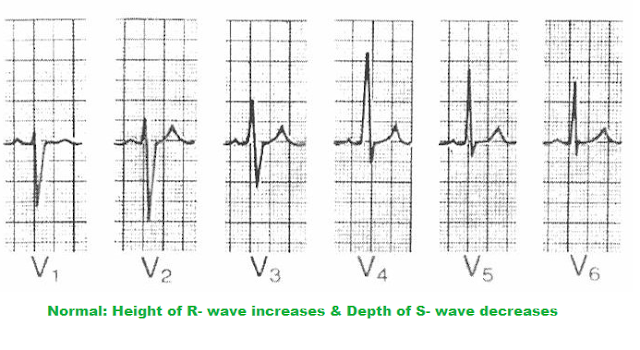
Diagnosed From Pattern And Amplitude Of QRS Complexes In The Chest Leads V₁ To V₆
Left Ventricular Hypertrophy
Pattern Normal
Amplitude Increases
Amplitude Of S- Wave In V₁ Or V₂ (Which Ever Is Larger) & Amplitude Of R- Wave In V₅ Or V₆ (Which Ever Is Larger)
|
SV₁ > 25 Mm
|
|
RV₆ > 25mm
|
|
SV₁ + RV₆ > 35mm
|
Usually associated with LAD
May Be associated with P- Mitrale
Right Ventricular Hypertrophy
Pattern Changed
Prominent R- Wave In V₁ & Deep S- Wave In V₆
|
RV₁ > 7mm
|
|
SV₆ > 7mm
|
|
RV₁ + SV₆ > 10 Mm
|
May Or May not associated with RAD
Often associated with P- Pulmonale
Click Here to Download NEET PG Study Materials
Click Here to Understand ECG very easily with the help of 3 Videos.
Click Here to Download NEET PG Study Materials
|
Thank you Reader
|
|
Your Like Motivate Us To Post New And Unique Articles So Don’t Forget To Like, Comment and Share This Post. LIKE Our Facebook Page To Get Latest Updates.
|
![Urinary Tract Infection [UTI]](https://edumedweb.com/wp-content/themes/ribbon-lite/images/nothumb-related.png)